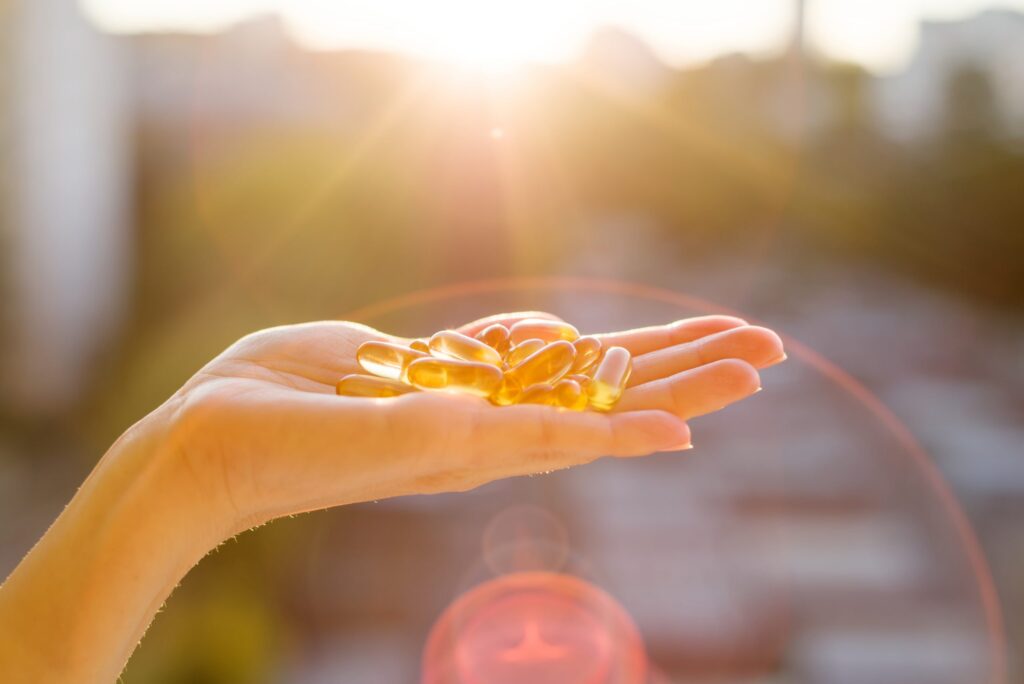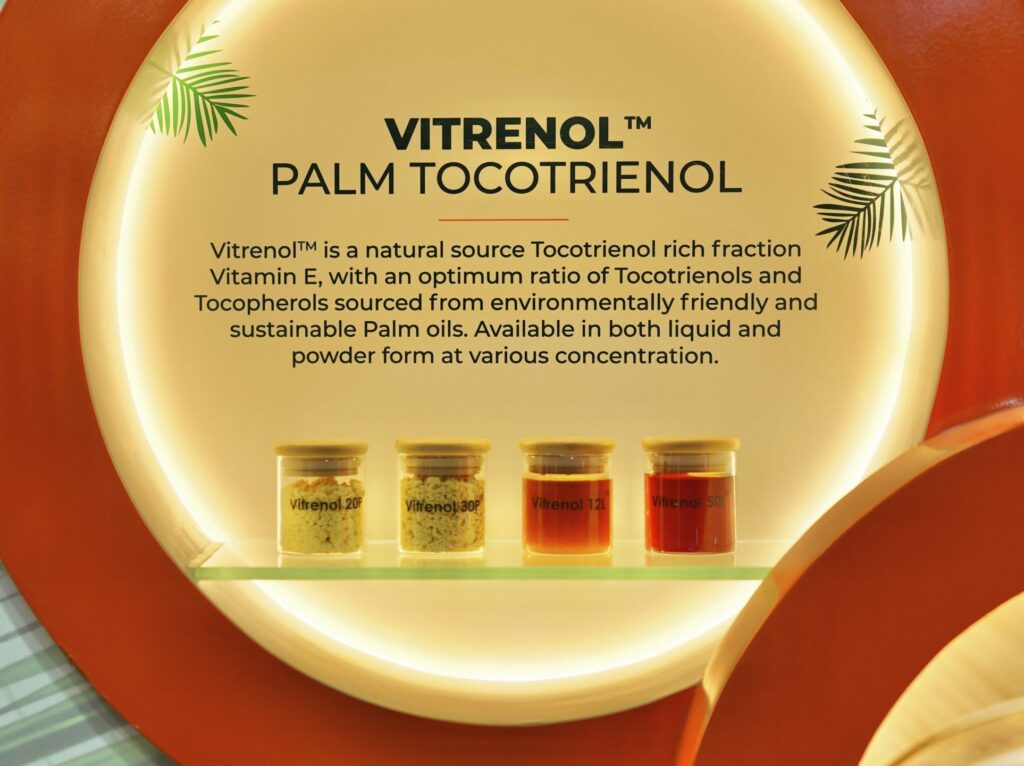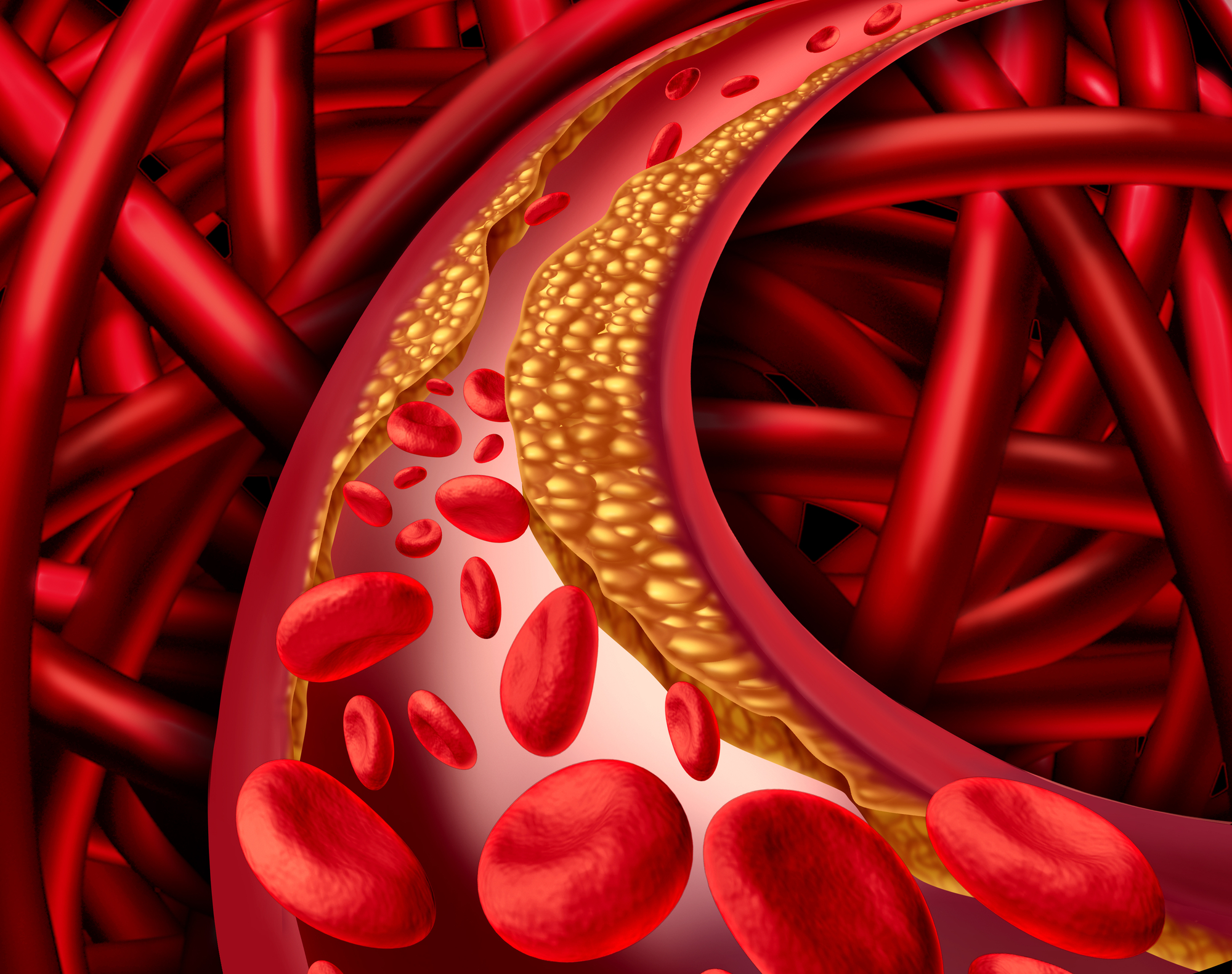Palm oil is a plant-based oil with an exceptional nutritional profile. There are many reasons it’s found in about 50% of popular consumer products1. Among its many benefits, palm oil contributes to some of our favorite health foods, from serums to superfood granola bars. This is because it’s one of the best vitamin E sources around.
Palm Oil: An Excellent Source of Vitamin E
Palm oil is made from the fruit of oil palms and has been treasured for thousands of years in Africa. While cultures around the world have relied on palm oil, science is now realizing it’s an exceptional source of vitamin E—specifically, tocotrienols, tocopherols, and other groups of phytonutrients compounds2. Both are valued for their antioxidant properties.
Not all Vitamin E is the Same: Tocotrienols and Tocopherols
Vitamin E is known to support the immune system and cellular communication. Diets high in vitamin E are associated with a decreased risk of some types of cancer, heart disease, and age-related macular degeneration.
About 70% of the vitamin E in palm oil is tocotrienol7, which is mainly associated with many health benefits. Tocotrienols fight dangerous free radicals, improve brain health, and have neuroprotective properties.
Tocotrienols also have properties that aren’t found in tocopherols, a more common form of the vitamin found in many consumer products4. These properties include reducing “bad” LDL cholesterol, anti-cancer properties, the reversal of atherosclerosis, improvement of diabetes symptoms, and protection against damage and stress-induced skin aging5.
Apart from its Vitamin E content, palm oil is also understood to help increase one’s absorption of other fat-soluble vitamins, like vitamin A which are essential for eye health3.

How Vitamin E Supports Your Favorite Skincare and Health Food Products
While vitamin E offers multiple benefits for whole-body health, it’s perhaps most valued for its ability to support healthy skin. As a powerful antioxidant with anti-inflammatory properties, vitamin E boosts the immune system and cellular function, contributing to healthier-looking and feeling skin.
One way it does this is by warding off the negative impacts of free radicals produced during food metabolism and environmental toxins. Especially as we age and our vitamin E levels decrease, consuming the nutrient as part of a healthy diet or in skin care products can help reduce UV damage to the skin.
Many people consume adequate amounts of vitamin E in foods like leafy greens, broccoli, seafood, nuts, and seeds. However, those looking to raise their intake may look to health foods fortified with the vitamin.
Alternatively, many vitamin E skincare products are available. Used for topical use, vitamin E often comes in a cream form that’s added to anti-aging creams, sunscreen, makeup, serums, and other cosmetic products. The skin generally absorbs Vitamin E easily when applied in these forms, where it’s then stored in the sebaceous glands6. It also works well as a moisturizing humectant and emollient, which attracts water into the skin and traps it there, helping to support dry elbows, cuticles, and other areas that could use more moisture.
Musim Mas’ Vitamin E
Vitamin E is a workhorse of a nutrient. The vitamin E products offered by Musim Mas are naturally sourced and extracted in a solvent-free process. Ready to fulfill a range of consumer needs, it can be used as a health and dietary supplement and is available in liquid and powder forms.

Musim Mas’ Vitamin E extracted from palm oil comprises Tocotrienols and Tocopherols, which exist as a natural complex at a ratio of 7:3—providing more tocotrienol and its superior anti-inflammatory and antioxidant properties. For a healthy body and nourished skin that’s protected from the damage caused by free radicals, vitamin E is here to save the day.
References:
1: RSPO – #goodbadpalmoil
2: InTechOpen – Minor Compounds of Palm Oil: Properties and Potential Applications
3: Nourish by WebMD – Palm Oil: Are There Health Benefits?
4: PubMed National Library of Medicine – Tocotrienols: Vitamin E beyond tocopherols
5: AOCS – The other vitamin E
6: Healthline – Vitamin E, skin care, and you
7: APJCN – Review Article: Palm fruit chemistry and nutrition









